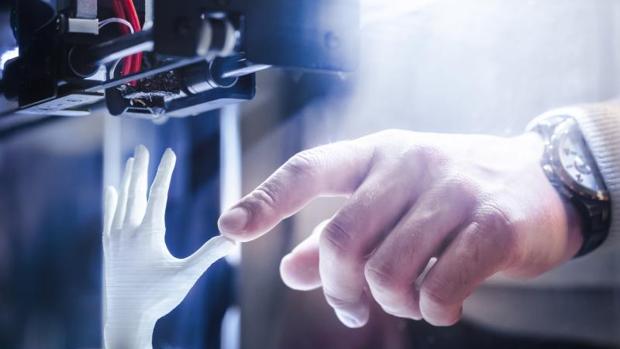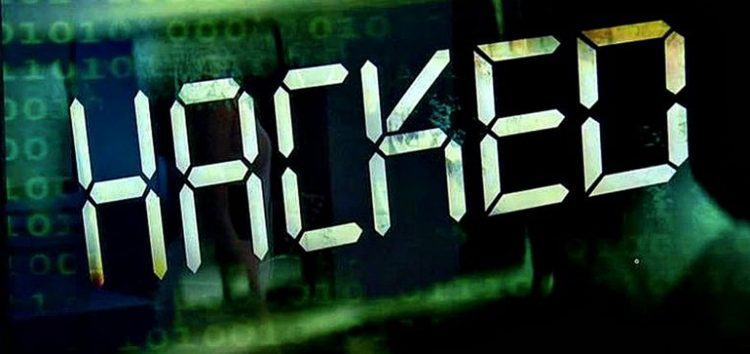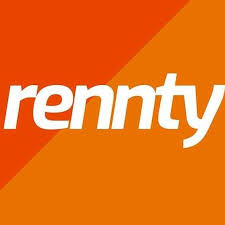Smart buildings at the user's service
Newer technologies such as big data, the Internet of Things (IoT) and intelligent management systems are rapidly changing the way modern buildings are built. If before the phases of design, construction and operations of the buildings were carried out independently, now the technology allows to modify the facilities according to the use that is going to be made of them.
"One of the objectives of the so-called smart buildings is that their spaces are very collaborative, flexible and flexible, that can be adapted quickly to the changing needs of day-to-day, especially in office buildings", explains Noemí Sobrino, vice-president of the EcoBuilding division of Schneider Electric in Spain. Intelligent systems that do not only seek connectivity with all security, air conditioning or lighting equipment, but also provide more value in terms of energy efficiency, relationship with the environment and even conciliation. "In our headquarters in Barcelona, for example, the office lights go out at seven in the afternoon, inviting the worker togo home," says Sobrino. “In Spain, however, the adoption of these systems is quite far from that implemented in the neighboring countries to the north. "And this despite the fact that in recent years we have experienced significant growth, with figures that move between 16% and 20% annual increase”.
In Madrid, the first reference of intelligent building is the Picasso Tower, which 30 years later maintains intact the philosophy that was embodied in the project: integrate all control systems and building facilities in a single platform. “The technology may be much newer than that of any building that was made three or four years ago," says Jesús Fernando Díaz-Salazar, director of Systems for this skyscraper. Not in vain was it the first in the world in which data, voice and video communications were made through fiber optics.
The concept of this building is that each plant is completely independent in terms of fire, safety and facilities. For example, the air treatment is done per plant, with perimeter heat pumps (the whole building has 2800) and, depending on the season and the temperature that exists outside, the system starts sooner or later. From the operating room 150,000 physical variables are controlled, for example, loudspeaker, lighting, electricity, security, detection and extinction of fires and air conditioning. “This means that of the total installed capacity (14,600 kilowatts), currently only consumes 2,528 kilowatts,20% of what was planned when Torre Picasso was designed," says Díaz-Salazar. Paradoxically, this control philosophy, whitch dates back to 1988, is what this expert wants to take to Torre Foster (Torre Cepsa), one of the four colossi of Chamartin, of whitch he is also director of Systems.
Temas relacionados:
También te puede interesar
Esta web se reserva el derecho de suprimir, por cualquier razón y sin previo aviso, cualquier contenido generado en los espacios de participación en caso de que los mensajes incluyan insultos, mensajes racistas, sexistas... Tampoco se permitirán los ataques personales ni los comentarios que insistan en boicotear la labor informativa de la web, ni todos aquellos mensajes no relacionados con la noticia que se esté comentando. De no respetarse estas mínimas normas de participación este medio se verá obligado a prescindir de este foro, lamentándolo sinceramente por todos cuantos intervienen y hacen en todo momento un uso absolutamente cívico y respetuoso de la libertad de expresión.
Commentpublicada el ( 20 nov 2018 ) por Omar |
| The future is tomorrow, and although it may seem distant, it is becoming a reality. Although the concept of smart buildings may seem new to us, it is something that has been working for years. The incredible savings that can come to be expected and the comfort of its wide possibilities would be wonderful for daily life. Only one question remains: How long will it take to get there? |












